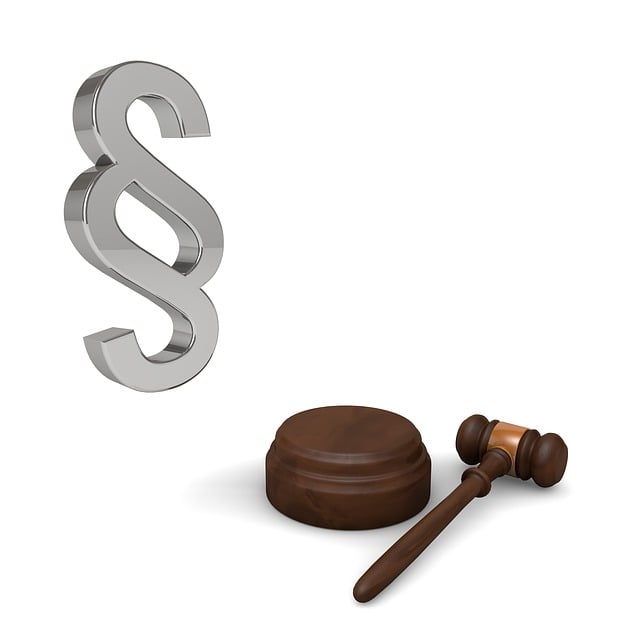Truck driver negligence occurs when drivers fail to exercise reasonable care, adhering to safety protocols like vehicle maintenance and traffic rules, potentially causing property damage or personal injury. Proving negligence involves demonstrating a breach of fiduciary duty, deviating from the standard of care, resulting in harm, with evidence such as expert testimony and medical records. Legal repercussions include financial settlements, with consulting a car accident attorney beneficial for compensation. Key factors include defining legal duty of care, establishing causal links, and considering violations of safety protocols outlined in employment agreements.
In the high-stakes world of trucking, understanding what constitutes negligence is paramount. This isn’t just about safe driving; it’s a legal definition rooted in duty, foreseeability, and causation. For truck drivers, a momentary lapse can have significant consequences, impacting not only their lives but also the liability of their carriers. This article dives into the intricacies of truck driver negligence, exploring key legal definitions, specific acts of negligence, and the far-reaching repercussions for both drivers and trucking companies.
- Understanding Legal Definitions of Negligence
- – Explanation of negligence in legal terms
- – Key elements required to prove negligence
Understanding Legal Definitions of Negligence

In the realm of truck driver negligence, understanding legal definitions is paramount for both drivers and authorities alike. Legally, negligence refers to a failure to exercise reasonable care, resulting in harm or loss to another party. When it comes to truck drivers, this includes adhering to strict safety protocols, such as maintaining proper vehicle maintenance, observing rest periods, and following traffic rules. Violations of these standards can lead to severe consequences, including property damage claims and personal injury claims.
The concept extends beyond the immediate incident; caregiver negligence, for instance, involves a broader duty of care towards others. Drivers are expected to act with the level of skill, diligence, and caution that a reasonable, competent driver would use under similar circumstances. Any deviation from these standards can be construed as negligence, leading to legal repercussions and the potential for significant financial settlements.
– Explanation of negligence in legal terms

Negligence, in legal terms, refers to a failure to exercise the level of care that a reasonable person would use under similar circumstances. When it comes to truck drivers, negligence can have significant consequences, especially if their actions lead to accidents or injuries. In the context of truck driver negligence, a driver’s duty of care involves adhering to traffic rules, maintaining proper vehicle maintenance, and ensuring safe driving practices to protect other road users.
A key aspect of establishing truck driver negligence is proving a breach of fiduciary duty. This occurs when a driver’s actions deviate from the standard of care expected of them, leading to harm or damage. For instance, using defective products in their vehicles or engaging in unsafe behaviors can constitute breaches. Consulting a car accident attorney may be beneficial for individuals who believe they’ve been affected by such negligence, as these legal professionals can guide them through complex legal processes and help secure compensation for any sustained losses.
– Key elements required to prove negligence

Proving negligence for truck drivers involves a meticulous examination of several key elements. First and foremost, it’s crucial to establish a legal duty of care that binds the driver to operate their vehicle with reasonable skill and caution. This duty is typically defined by state laws and regulations governing commercial driving. Next, evidence must demonstrate a breach of this duty, meaning the truck driver failed to adhere to the standard of care expected of them. Such breaches could include speeding, unsafe lane changes, or ignoring fatigue warning signs.
To establish legal liability, plaintiffs must further prove that the driver’s negligence directly caused the incident in question, whether it be a collision or personal injury. This causal link is often supported by expert testimony and medical records. Moreover, demonstrating client recovery—the extent of damages suffered—is essential for determining fair compensation in accident settlements. Similarly, breaches of contract, like violations of safety protocols outlined in employment agreements, can also contribute to cases of truck driver negligence.
In navigating the complex landscape of truck driver negligence, understanding these legal definitions and key elements is paramount. When determining liability, courts scrutinize factors such as duty of care, breach of that duty, causation, and damages. By comprehending these concepts, both drivers and authorities can ensure safer highways and mitigate potential legal repercussions associated with truck driver negligence.






